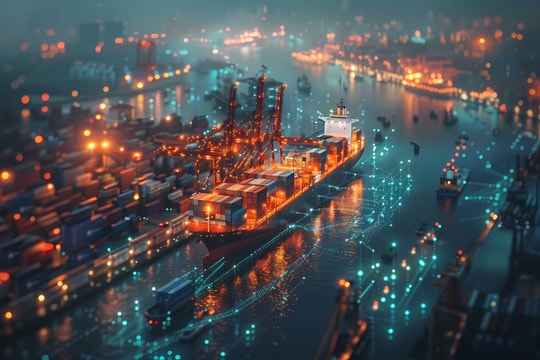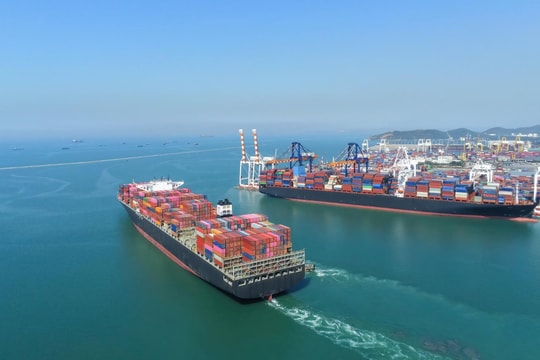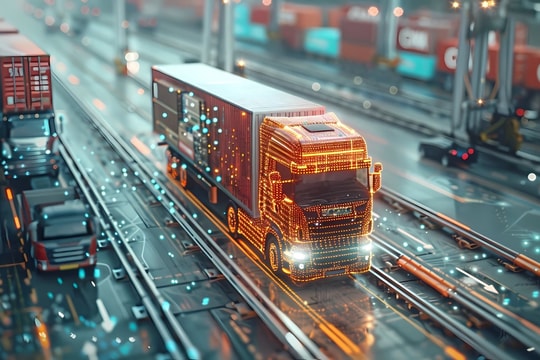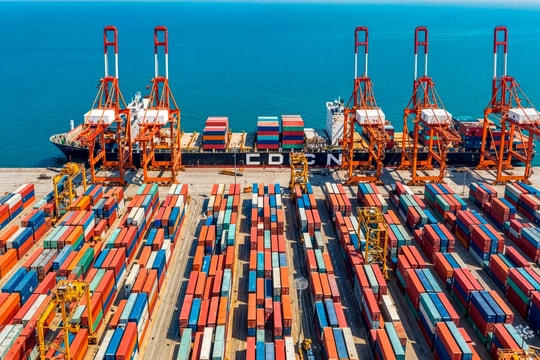While long-term growth looks assured, inflationary pressures and recessions in other nations will put pressure on developers, manufacturers, and logistics companies in the shorter term.
At the first official ULI event in Bangkok, panelists discussed how U.S.-China tensions and the effect of COVID-19 on supply chains was driving opportunities in the Southeast Asia region.
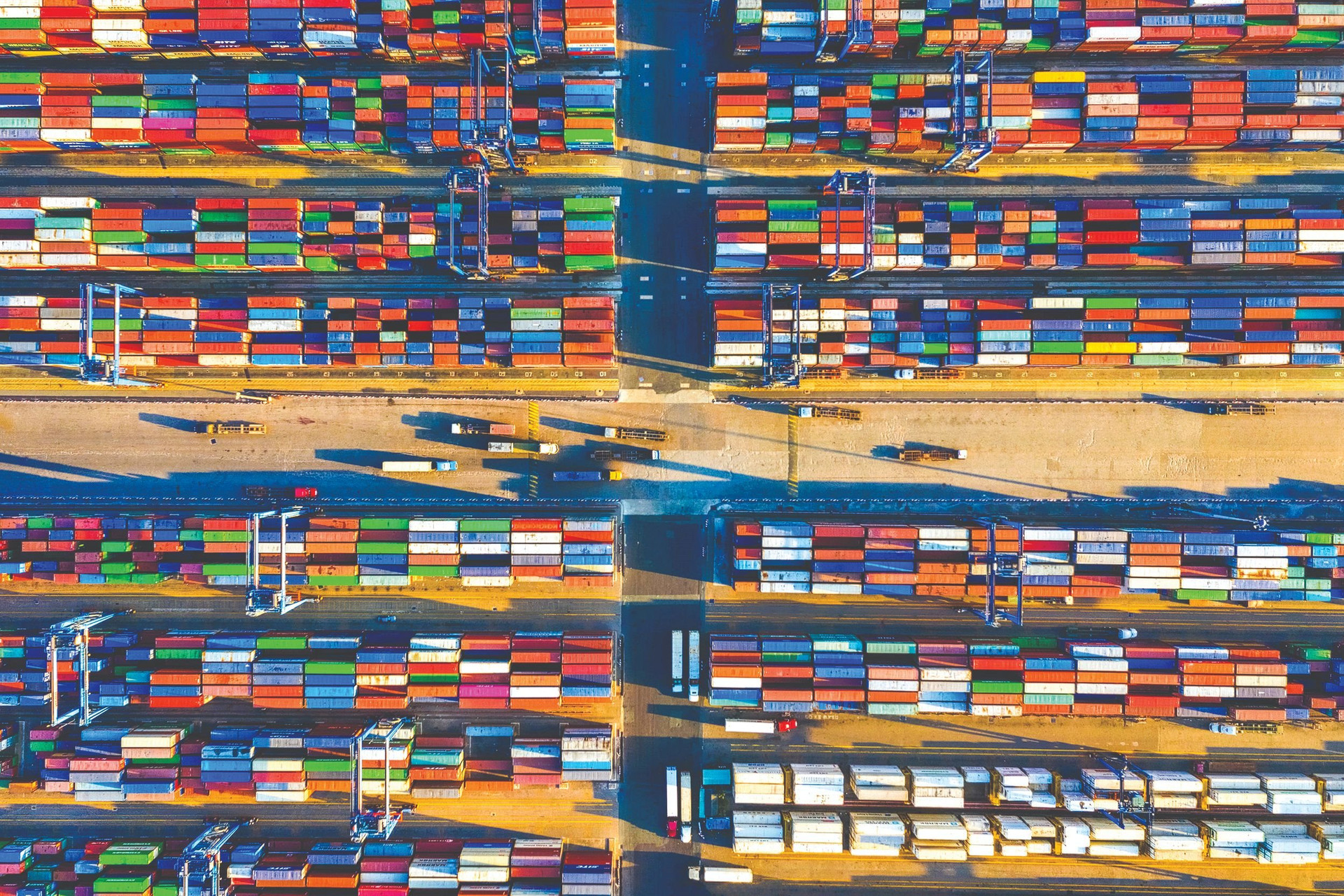
Dinesh Kanapathy, area head of land transportation, customs brokerage, cold chain logistics, and insurance at Danish shipping firm AP Moller-Maersk, said the roots of this trend were in the U.S.-China trade war and the implementation of policies intended to “reshore” manufacturing from China to the United States.
However, Kanapathy said: “What we found was a lot of companies were pulling out of China, but then looking at Southeast Asia purely from a cost base perspective. So we see a lot of investments going into Vietnam, Thailand, Indonesia, and the Philippines. These are the four key markets.
“The supply chain disruption caused by covid meant there was also a need to get goods to market faster, so countries with good supply chain connectivity, such as Thailand, benefit.”
Moderator Lena Ng, chief investment officer at Thai industrial developer Amara Corporation, said GDP per capita in China had risen 13-fold over the last 20 years to around $12,500, whereas the equivalent figure in Thailand is closer to $7,000 and in Vietnam, $4,000—demonstrating the potential labor cost savings for manufacturers.
Many of the companies which are moving some of their operations to Southeast Asia are Chinese or have Chinese staff running their manufacturing
operations. They are also moving Chinese staff, said Sonklin Ploymee, deputy secretary general of the Thailand Board of Investment, meaning there is a need for an entire “ecosystem” to support manufacturers and their expatriate staff.
Sopon Racharaska, chief executive officer of industrial developer Frasers Property Industrial (Thailand), said the needs of China-plus-one manufacturers were much larger than previous waves of industrial investors from Japan. “They are looking for 6,000 sq m (64,583.5 sq ft) or even 10,000 sq m (107,639.1) buildings”. He added that manufacturers were looking to cluster and build amenities for relocating staff, such as Chinese schools.
Ploymee said that attracting manufacturing is a complex business due to the complex demands of manufacturers. “It is not just about government incentives but the opportunities for automation, environmental factors, the human resources Thailand can offer, and the degree of private sector cooperation.”
Maersk’s Kanapathy said shipping and logistics companies were evolving how they thought about real estate. “It’s not about just building warehouses now,” he said. Firms are looking for integrated logistics parks and supply chain security. He reiterated the need for larger facilities which puts pressure on land supply.
Ploymee linked inflationary pressures on building materials with Thailand’s efforts to green its economy and use its natural resources more efficiently. Thailand has been driving Asian cooperation on the Bio-Circular-Green (BCG) economy, which focuses on climate change mitigation, sustainable trade and investment, environmental conservation, and waste management.
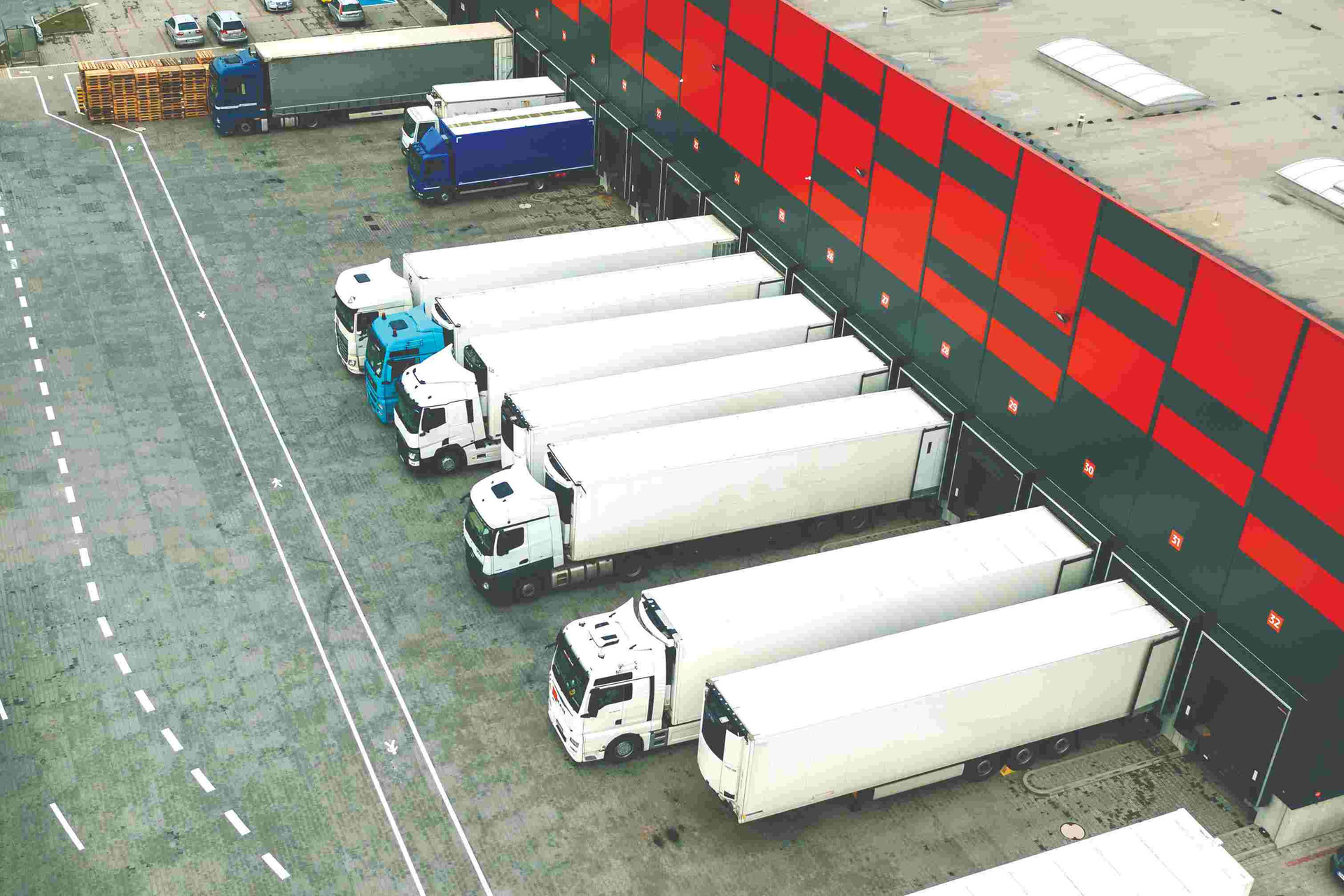
Compared with China, Southeast Asian nations are severely lacking in logistics space, said Racharaska. China has around 300 million sq m (3.23 billion sq ft) of modern warehousing, whereas Thailand has only 5.5 million sq m (59.2 million sq ft), with even less in Vietnam and Indonesia.
Despite the optimism of the panel, Racharaska noted that Southeast Asia is not immune to the effects of slowing global growth and recessions in the West, while inflation is already affecting Thailand. “Inflation has been 6-7 percent, but customers are asking for discounts.”
Kanapathy said the energy crisis was the biggest challenge for his company, but added: “I been in logistics for close about 20 years. There’s always a crisis. But the future doesn’t look that bad”.


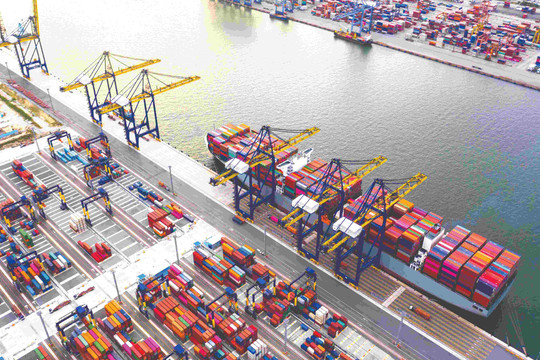
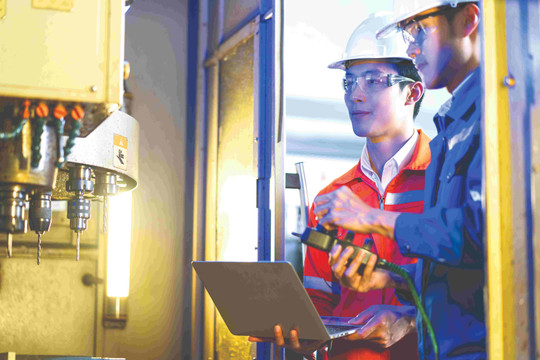
.png)
